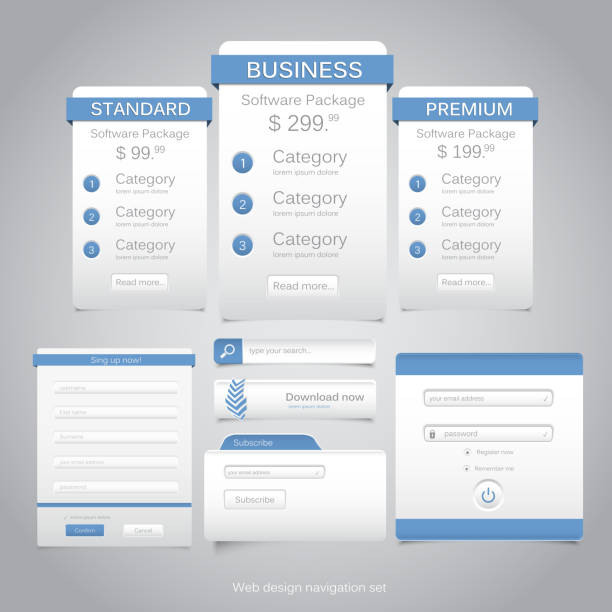Email marketing has been reported to have an ROI of up to 40:1 for all companies. Email isn’t magic, but it can be very effective. You can’t just wave a magic wand to double your revenue within 30 days.
What could you achieve with an effective email strategy? What goal is realistic for your business? How can you succeed with your email efforts?
This article will show you four examples of real business owners who have set goals and then used email marketing to reach them (or to at least make significant progress).
Increase customer loyalty
Customer loyalty is about nurturing your relationship with customers after the purchase so that they remember you when it’s time to make another purchase. Your goal is to raise the average customer value. This can be achieved by increasing the frequency at which customers make purchases or by promoting complementary products. Email is the most efficient way to accomplish these two goals.
The owner of a shop that sells craft beer notices that, on average, his customers come to his store once every two months. He believes that his bottom line will benefit greatly if he increases that average to one month.
My goal is to see my email subscribers visit my shop at least once per month within six months.
The plan is: He makes a newsletter he calls the “VIP Club.” All customers will be asked to join the VIP Club from now on. VIP Club members will receive coupons and exclusive content via email every month or two.
The business owner mixes educational content and promotional offers in the emails he sends VIP Club members. He shares, for example, an article titled “How to Pair Beer and Food for a Truly Delectable Experience,” along with a coupon for the beer featured in the report.
The result: After six months of sending newsletters to VIP customers, the owner pulls the purchase history of his subscribers to see the frequency of their visits during the previous month. 1.5 visits per month! He is well on his path to achieving his goal of customer loyalty.
Close more leads
Email is a great medium for nurturing leads, which involves communicating with them as they progress through the sales cycle.
Prospects may discover your company at the start of their journey but are not yet ready to buy. Once they’re on your mailing list, you can send them content, promotions, and information that warms up those leads.
A website of an IT consulting firm provides a whitepaper for free. Visitors must fill out a subscription form to get the whitepaper. They are then added to the CRM tool of the company as leads. The sales rep will then contact them by phone or email and offer a 30-minute free consultation, usually followed by an estimate. The owner looks at the numbers and finds that only 5% convert into clients. Could email marketing help them increase this number?
The goal: I want to increase the online lead-to-client conversion from 5% to 10% within six months.
Plan: A drip campaign or marketing automation scenario is the best way to utilize email for lead nurturing. Automatically, pre-determined emails are sent at a preset pace. This is how it works.
Results: The business owner, after three months, looks at the lead-to-client funnel in his CRM software and notices that the conversion rate of the horn was 8% in the three previous months! It’s working.
Improve user onboarding/engagement
Emails are not just for promotions or sales but can be used to educate. Email can be used to provide your clients with all the information and resources they need for a positive onboarding experience. You can send your clients how-to videos or walkthroughs on how to use the software or product.
I, the marketing director at a software firm, noticed that new users who complete three important actions within seven days of signing up are twice as likely to become paying users.
I have a goal to achieve: Within 90 days, my goal is to increase from 30% to 40% the percentage of users that complete three key actions in the first seven days after signing up.
The plan is to prepare three tutorial videos (one per key action), which will be sent via email if that key action hasn’t been completed.
The system checks if a new user has created a template three days after they sign up for the free account. They will receive an email if they have not. Repeat the same process a few days later for both other actions.
46% of our new users have completed the key actions. It’s time to celebrate!
Increase one-off sales
Sending one-off emails with a time limit to your mailing list is a common way of using email marketing. Email marketing can be so much more. However, if done correctly, it is still a classic tactic that works.
In the first example, the owner of the craft beer store wants to increase sales by offering a limited-time offer for a certain type of product.
I have a goal to achieve: In this month, I would like to triple sales in the mixology category.
Plan: This is my advice to the business owner on how to plan his promotional emails.
Start your email campaign in advance (perhaps one week in advance) to create some buzz.
Send multiple emails (reminders and “last-chance” emails on the final day).
Sprinkle some real urgency.
Make it relevant to your readers. Can you segment your mailing list to send different promotions?
Enjoy yourself.
Results: Within a week of the campaign, all three stores were sold out! Sales for this category increased by 400%.

